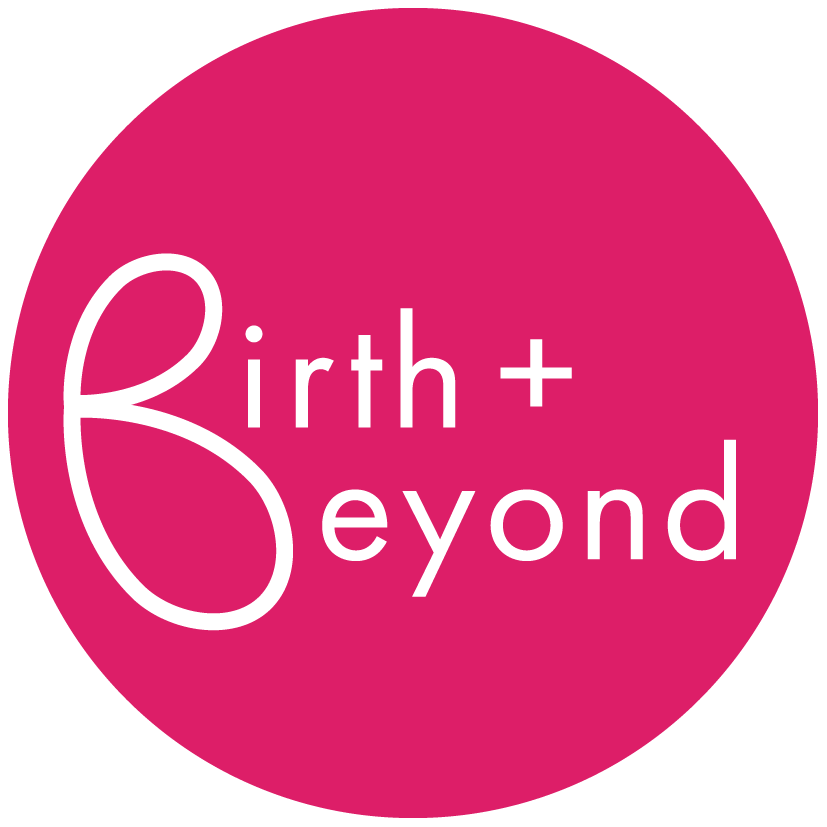“Everyone keeps telling me I need to bond with my baby, but no one tells me how to do it or what that might look like. How will I know when I’ve got a good enough bond with my baby?”
A good question.
When I had my first child, I didn’t bond with him immediately. In fact I thought he looked rather like an alien. I felt incredibly disconnected from this being that I’d carried for so long.
And it wasn’t what I expected to feel, so I kept it to myself, and pretended to be overwhelmed by this rush of love that I thought I should be feeling. If only I had known that at least ONE THIRD of women don’t feel an immediate bond with their baby, maybe that might have reassured me that what I was (not) feeling did not make me a bad mother.
The thing is – bonds can be built. You only need to look at the swathe of articles about how to look after your relationship with your partner, or how older people are becoming more isolated, or how social media is affecting our friendships to recognise that we are obsessed with bonds and how to look after them.
What I’m trying to get it is that sometimes bonding takes effort. It doesn’t always feel ‘natural’ or ‘easy’. If you don’t feel particularly strongly bonded to your baby and you’re worried about it, you might want to put some strategies in place to help you develop those bonds.
So how can you do that?
SKIN TO SKIN
One of the things that has been shown to promote bonding is ‘skin to skin’ contact.
The ‘golden hour’ after birth, baths, cuddles, baby massage, breastfeeding, bottle feeding – these are all things that can be used for skin to skin contact.
PLAYING
This can include reading, singing, chatting (yes really!), examining things together. If you find play difficult, a useful rule of thumb is to follow your baby’s lead. If they want to bang the shape sorter rather than put the shapes in, let them. If they start to make noises that sound like they’re talking to you, respond as if they are. This brings me on to a useful topic…
SERVE AND RETURN
In most relationships, you will see a constant to-and-fro, which helps to strengthen the bonds between us. This ‘serve and return’ pattern not only develops the child’s brain but also allows the adult to develop a meaningful and fulfilling relationship with the child.
And how will you know when it has worked? What is the holy grail of bonding?
Now you’re asking! I can’t give you a definitive answer of that, but here are some of the ways people have described it:
“ My heart feels like it might burst when I look at her.”
“I can’t imagine what life would be like without her.”
“I find myself watching him as he sleeps because I can’t take my eyes off him.”
“I want to bottle these moments and keep them forever.”
“I just enjoy hanging out with him, although I’m not sure I could tell you what we do!”
All these responses might feel like stabs to the heart if that’s not how you feel about your baby just yet. But please remember, bonding is an ongoing process, not a fixed state – you CAN do things to change it. And in many cases, it will happen by itself, it just might take longer than others. The process might feel clunky and unnatural at first, but often becomes more and more rewarding the more you do it.
If you would like some more support to bond with your baby, I offer Baby Kind Newborn Observation sessions and I’m looking for people to be Video Interaction Guidance case studies whilst I do my training. Both of these methods have been proven to help parents develop their bonds with their babies, in a really gentle and encouraging way.

